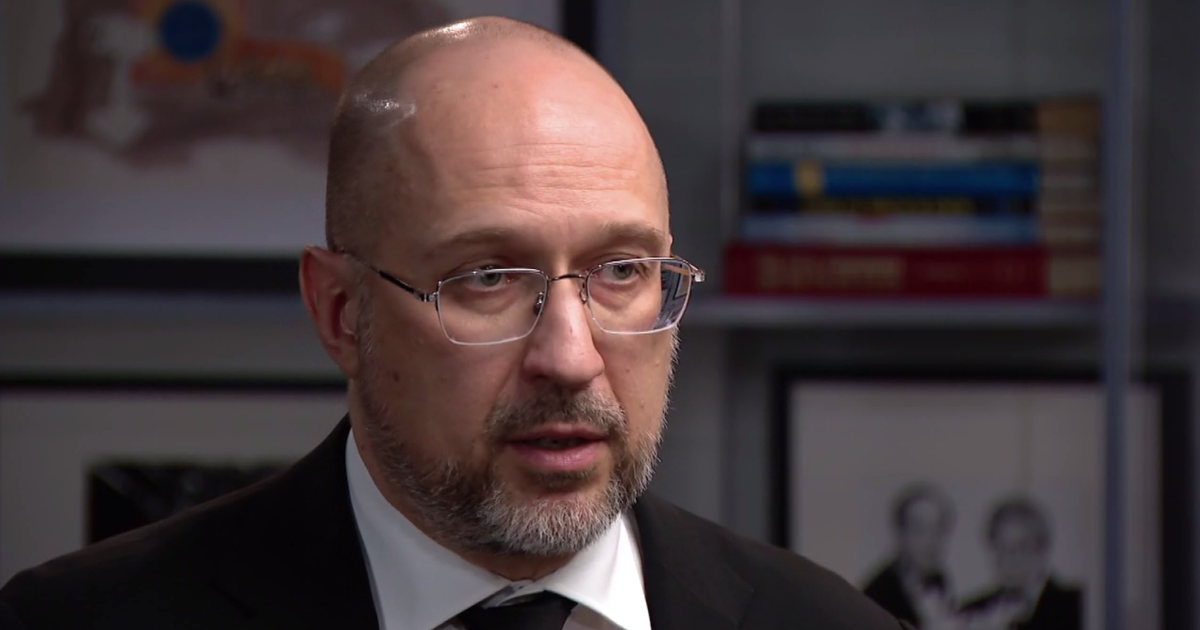Major Exterior Restoration Project Completed At MSI
CHICAGO (CBS) -- The Museum of Science and Industry has completed a major exterior restoration project, thanks in part to a $400,000 federal grant.
The museum building, which dates from 1893, was in need of restorative work on the masonry that support the prominent domes that rise above the roofline. Before the upgrades, the domes allowed for leakage that could have damaged the interior, the National Park Service said.
The Park Service issued the grant through its Save America's Treasures program.
The MSI was the only institution in Illinois, and one of 41 across the country to receive the grant, which is issued in conjunction with the National Endowment for the Arts, National Endowment for the Humanities, and the Institute of Museum and Library Services.
The museum said protecting the building for future generations is a top priority and the museum more than matched the grant funds to make the necessary repairs to the building's exterior masonry, which had suffered from deterioration due to Chicago's extreme weather.
In particular need of upgrades were the museum's east and west pavilions, which house the Navy: Technology at Sea exhibit, and the space where the annual Black Creativity exhibit and the citywide public and private school science fairs are held, respectively.
The pavilions feature ornate carved limestone, cast stone, and terra cotta elements around their domes that needed protection. Also in need of conservation were spaces that feature replica panels based on the Parthenon in Athens.
The MSI building is the only structure still standing from the 1893 World's Columbian Exposition, when it served as the Palace of Fine Arts.
The fair occupied Jackson Park and continued west along the Midway Plaisance, with a stunning assortment of Greco-Roman inspired buildings designed by Daniel Burnham's architectural firm. The buildings became were known as the White City.
Most of the buildings were made of plaster and were not intended to be permanent. But the Palace of Fine Arts was built with a brick substructure, since it was to house priceless works of art, and fair participants had hardly forgotten that much of Chicago had been destroyed by fire just 22 years earlier.
The fair ended up shutting down abruptly without holding closing ceremonies, as Mayor Carter Harrison Sr. was assassinated two days before the scheduled closing date. Within nine months, most of the temporary White City buildings had been destroyed by fire.
But the Palace of Fine Arts remained standing and reopened in 1894 as the Columbian Museum, later renamed the Field Museum of Natural History. The Field Museum remained in the building until 1920, when it moved into a new building with similar ionic architecture and Caryatid columns at the southern end of Grant Park.
Afterward, the old Palace of Fine Arts was left vacant, and began to decay. The temporary plaster that still covered the brick substructure was rotting, and the foundations were being sapped by the waterlogged sand underneath the land, the Hyde Park-Kenwood Community Conference recalled.
Sculptor Lorado Taft suggested that the building should be turned into a sculpture museum, but the South Parks Commission favored having it demolished.
Finally, in 1926, Sears, Roebuck chairman Julius Rosenwald pledged $3 million of his own money to turn the old Palace of Fine Arts into the Museum of Science and Industry. The exterior of the building was fully recast in Indiana limestone, while the interior was redesigned by architect Alfred Shaw in the Art Moderne style.
The Museum of Science and Industry opened to the public in 1933, and has been one of Chicago's most beloved attractions for all the generations since.
The Sun-Times Media Wire contributed to this report.



